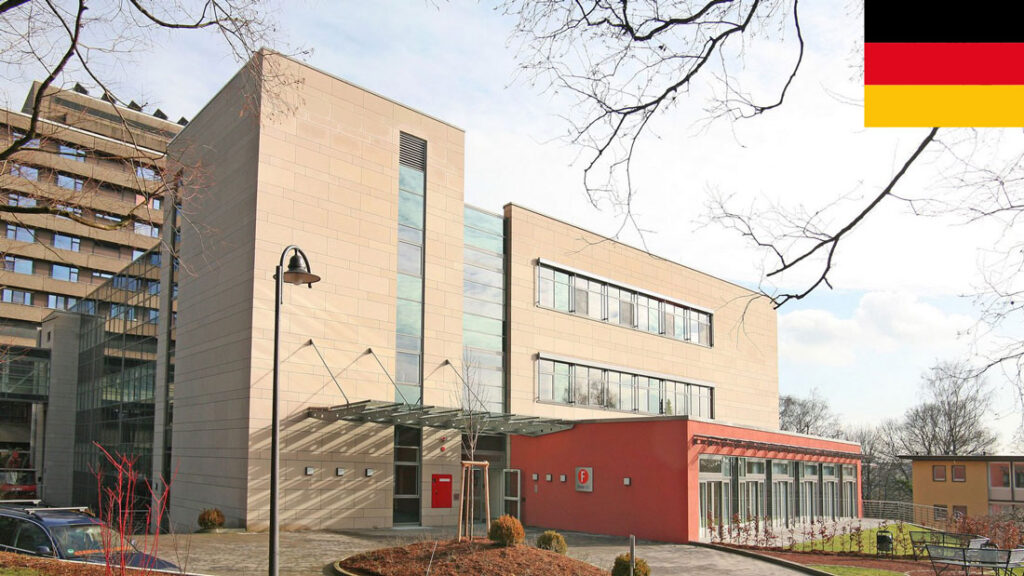How Intraoperative Fluorescein Angiography Enhances RWC 2025 Surgical Outcomes
In the rapidly evolving field of surgical medicine, advancements in imaging technologies are revolutionizing patient outcomes. One such breakthrough is intraoperative fluorescein angiography (IFA), a real-time imaging technique that is transforming surgical precision, particularly in complex procedures like those anticipated in the RWC 2025 (Robotic and Minimally Invasive Surgery World Congress). This article explores how IFA is enhancing surgical accuracy, reducing complications, and improving recovery times for patients.
What Is Intraoperative Fluorescein Angiography (IFA)?
Intraoperative fluorescein angiography is a diagnostic imaging technique that uses a fluorescent dye to visualize blood flow in real time during surgery. When injected into the bloodstream, fluorescein dye highlights vascular structures, allowing surgeons to assess tissue perfusion, detect ischemia, and identify areas at risk of necrosis. This technology is particularly valuable in:
- Neurosurgery – Ensuring blood flow to critical brain regions
- Plastic and reconstructive surgery – Verifying graft viability
- Cardiovascular surgery – Assessing coronary artery bypass patency
- Oncological resections – Differentiating between healthy and malignant tissues
The Role of IFA in RWC 2025 Surgical Innovations
The RWC 2025 is set to showcase groundbreaking advancements in robotic and minimally invasive surgeries. IFA is expected to play a pivotal role in these procedures by providing surgeons with enhanced visualization, leading to better decision-making in real time.
1. Improved Precision in Tumor Resections
One of the most critical applications of IFA is in oncological surgeries. By highlighting vascular patterns, surgeons can:
- Identify tumor margins more accurately
- Preserve healthy tissue while ensuring complete tumor removal
- Reduce recurrence rates by minimizing residual cancer cells
2. Enhanced Microsurgical Anastomosis
In reconstructive and transplant surgeries, ensuring proper blood flow after vessel reconnection is crucial. IFA allows surgeons to:
- Confirm successful anastomosis (vessel joining)
- Detect leaks or blockages immediately
- Prevent post-operative complications such as flap failure
3. Real-Time Assessment of Tissue Viability
During complex procedures, such as organ transplants or trauma repairs, IFA provides immediate feedback on tissue perfusion. This helps in:
- Preventing ischemic damage by identifying poorly perfused areas
- Optimizing surgical strategies before irreversible damage occurs
- Reducing reoperation rates by ensuring optimal outcomes in the first attempt
Advantages of IFA Over Traditional Imaging Methods
While traditional imaging techniques like Doppler ultrasound or indocyanine green (ICG) angiography have been useful, IFA offers several superior benefits:
- Higher resolution imaging – Fluorescein provides clearer visualization of microvasculature
- Rapid results – Real-time feedback eliminates delays in decision-making
- Cost-effectiveness – Compared to ICG, fluorescein is more affordable and widely available
- Minimal side effects – Fluorescein has a strong safety profile with rare adverse reactions
Case Studies: IFA Success Stories in Modern Surgery
1. Neurosurgical Applications
A 2024 study published in the Journal of Neurosurgery demonstrated that IFA-guided aneurysm clipping reduced post-operative stroke rates by 32% compared to conventional methods. Surgeons could confirm blood flow preservation in surrounding vessels before finalizing the clip placement.
2. Breast Reconstruction
In a series of DIEP flap breast reconstructions, IFA was shown to decrease flap failure rates from 8% to 2%. By ensuring adequate perfusion before closing, surgeons minimized the risk of necrosis and improved patient satisfaction.
Future Prospects: IFA and Robotic Surgery Integration
As robotic-assisted surgeries become more prevalent, integrating IFA with robotic platforms is a key focus for RWC 2025. Potential developments include:
- AI-driven perfusion analysis – Machine learning algorithms interpreting fluorescein patterns
- Augmented reality overlays – Projecting vascular maps onto the surgeon’s console
- Automated alerts – Real-time notifications of perfusion abnormalities
Conclusion
Intraoperative fluorescein angiography is proving to be a game-changer in surgical precision, particularly as the medical community prepares for RWC 2025. By enabling real-time vascular assessment, IFA enhances surgical accuracy, reduces complications, and improves patient recovery. As technology continues to evolve, its integration with robotic systems promises even greater advancements in minimally invasive surgery.
For surgeons and medical professionals attending RWC 2025, understanding and adopting IFA could be the key to achieving superior surgical outcomes in the years to come.



